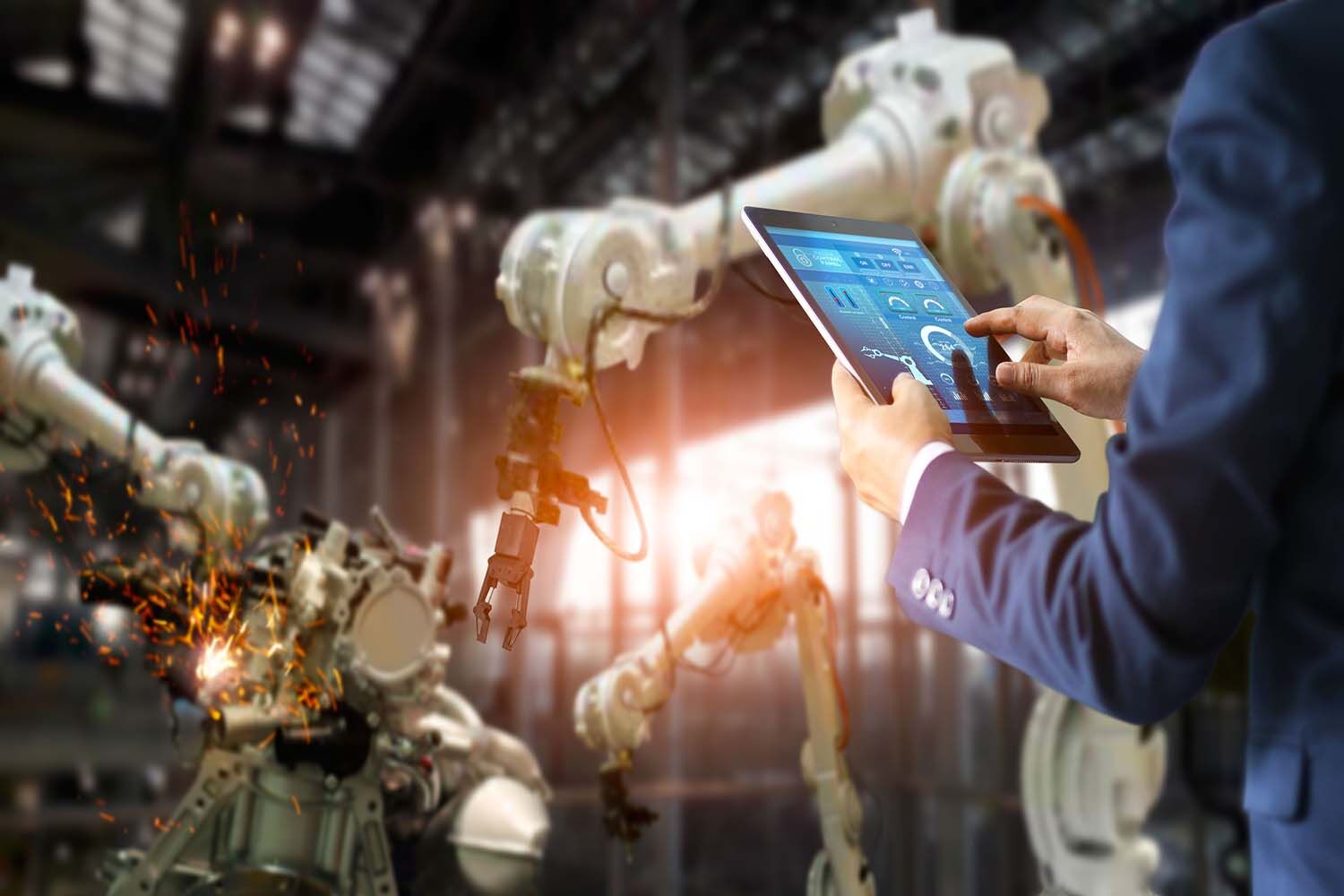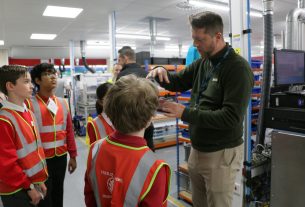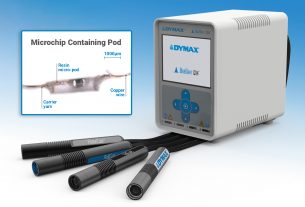Not long ago, the notion of being surrounded by robots in the workplace and our everyday lives was reserved for the world of science fiction.
Yet, the robotics industry is thriving and expanding rapidly in the modern world. During the coronavirus pandemic, the need for robotics increased as businesses leaned on machines to perform tasks safely whilst workers remained at home under lockdown restrictions.
Additionally, labour shortages have struck many industries worldwide due to the pandemic Brexit and mass retirement, increasing the adoption of robotics to fill labour gaps and enhance productivity and operational efficiency.
With robots becoming more intelligent every day thanks to technological advancement, we are witnessing a massive shift towards automation across industries to optimise maintenance and minimise human error. So, what does the term ‘robotics’ mean in 2022, and how is Industry 4.0 helping robotics evolve from a futuristic concept to a widely accepted tool of industry and innovation?
Trending growth in the robotics industry
Robotics is a branch of technology involving the design, engineering, manufacture and operation of robots: programmable machines used to perform tasks traditionally carried out by humans. Over the past few years, we have witnessed significant advances in robotics technology, leading to the rise in demand and production for various robot types for different applications. The robotics market is growing — especially in industrial settings, where robots perform time-consuming or dangerous jobs and maintenance.
Maintenance is a critical responsibility for industrial and manufacturing facilities, as machine breakdowns and downtime can have significant financial and reputational consequences for businesses. Research suggests that UK manufacturers lose £12,042 every time a machine is out of action, equating to hundreds of thousands of pounds lost every year for larger companies. Modern robots can perform routine maintenance for vital equipment and collect data to predict and prevent costly malfunctions.
The rapid progression of the internet of things (IoT) and artificial intelligence (AI) have prompted other sectors to embrace this developing technology. For example, ‘cobots’ are collaborative robots capable of working alongside people in the workplace to enhance human abilities or complete repetitive tasks — from food packaging and quality inspection to assisting in retail settings. As such, forecasts predict the cobot market will account for 30% of the total robot market by 2027.
Autonomous mobile robots (AMR), such as self-driving forklifts and inventory robots, are becoming increasingly popular in warehouses, agricultural and healthcare settings. The market for delivery robots is also forecast to rise at a staggering compound annual growth rate of 35.1% between 2021 and 2026 due to demand from the food, beverage and retail industries. Robotic process automation (RPA) is a commonly used technology in settings like hospitals that require repetitive tasks, such as appointment scheduling and stock management.
Future applications for robotics and automation
From military to medical, logistics to automotive electronics manufacturing, the development of next-generation technology within the robotics sector has boundless potential for large and small-scale applications — with several benefits for businesses.
As the robotics industry continues to expand with the development of Industry 4.0 technology like the IoT and 5G, machines will perform increasingly sophisticated tasks, adapting to their surroundings and improving autonomous decision-making. In the smart factories and workplaces of the future, autonomous mobile robots (AMR) will require less and less human intervention, generating an attractive return on investment for organisations that invest in this technology.
In addition to mitigating the impact of labour shortages and improving operational efficiency, robotics also help reduce carbon emissions. Modern robots are energy-efficient and operate at optimised levels of accuracy and precision, helping sustainable manufacturers to minimise the energy wasted by inefficient processes and faulty products. Plus, robotics will aid the production of renewable energy equipment, such as fuel cells, allowing other organisations to lower their energy use.
Ultimately, with the proper programming and investment, robots have the potential to shift the way we work and enhance our day-to-day lives. Robotics training and education will be crucial for the electronics industry to keep pace with this ever-evolving market. Electronics manufacturing service (EMS) providers must ensure engineers have the technical skills required to deliver high-quality, reliable components for the safety-critical sectors in which they are deployed.






